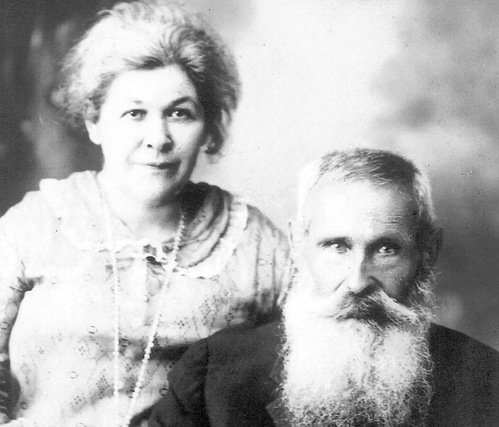It’s holiday giving time! People who – oops – forgot to donate to charity all throughout 2010 are now scrambling to give away enough money to score some sweet tax breaks before the end of the year. But according to some lady at the Wall Street Journal, there are a lot of stupid things you can do when you engage in last-minute philanthropy.

credit: howard dickens
Let us count the things you should not do, according to Ms. Shelly Banjo:
1. Give impulsively. Newsflash: Charities are falling over themselves trying to get your attention. Good for them, but don’t be a philanthropic sucker. Think about what’s really most important to you, decide how much you want to donate, and engage in some thoughtful charity.
2. Donate stock you’ve held for less than a year. Did you know you can donate stock to some organizations? Did you also know that you can only get a tax deduction for doing it if you’ve owned the stock for more than a year? Now you know.
3. Donate stock that’s lost a lot of value. You can actually claim the money you lost on that stock as a tax deduction, which might lower the taxes you have to pay on the investments that did make you money. If you hold onto the stock and donate cash instead, you get double the deductions!
4. Think you can claim the cost of a fundraiser ticket as a charitable donation. Okay, actually you can do this. But you can only claim the cost above what the ticket is actually worth. (So if you bought $1,000 Knicks tickets to benefit a charity, but the tickets are actually worth $200, you only get to claim the $800 as a donation.)
5. Donate stuff (instead of money) to an organization that won’t use it. This is something only your accountant understands. Basically, the amount you can write off on stuff donations depends on the mission of the organization you’re donating it to.
6. Donate something called a “gift annuity” when interest rates are really low (i.e. right now). Gift annuities are basically donations to charities that earn you a little money on the side. The charity keeps the money you’ve given them, but they pay you interest every year on the amount you donated. So low interest rates mean your payments will also be low.
7. Obsessively stick to charity ratings. Rating sites like CharityNavigator.org and GuideStar.org are helpful when it comes to sorting through the jillions of charities out there. But they can basically only give you numbers. (And numbers liiiiie!) It’s up to you to get the full picture before you shell out for a particular organization.
8. Give to a charity that rents or sells your personal information. (duh)
9. Donate to the wrong donor-advised fund. Donor-advised funds are a complicated way of pooling your money with other investors so that you all save big on taxes while your money or investments go to organizations you all believe in. You don’t have much control over where the money goes after you put it in the fund, so make sure you’re a believer before you join a specific donor-advised fund.
10. Don’t get insurance if you’re on the board of an organization. Congratulations! You’re on the board of an organization. Now you’re partially responsible if that organization does something stupid. Directors and officers insurance exist for a reason.
Now that you’re paying attention, here’s a picture of two Christmas cats hugging to get you in the philanthropic mood:

credit: tuija2005
Aww.



